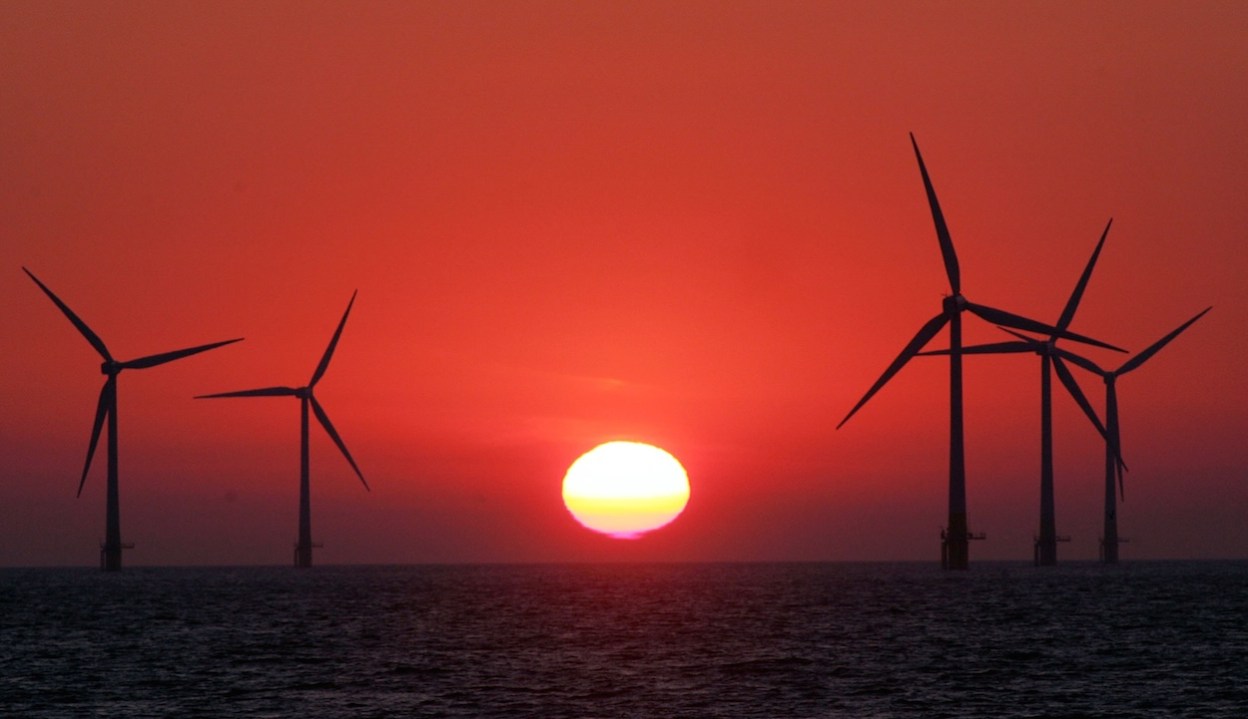It wasn’t so long ago that Orsted was being held up as an example of how oil and gas companies should handle the transition to clean energy. In 2009 the then-DONG (Danish Oil and Natural Gas) announced that it was going to turn around it business so that instead of earning 85 per cent of its money from oil and gas it was going to earn 85 per cent of it from renewables. It was an early mover in offshore wind – and, at least for some years, shareholders were richly rewarded. The share price marched upwards from around £19 in 2014 to a peak at £100 in early 2021. Increasing your money fivefold and saving the planet at the same time – you can hardly argue with that.
The economics of building wind farms has changed
Except that the bubble in renewables didn’t last. Fast forward three years and Orsted has wiped out almost all its share price gains of the past decade. In the third quarter of 2023 it managed to lose £2.5 billion as its revenues halved on the same period in 2022. This week it suspended its dividend and announced the loss of 800 jobs. It also lowered its target for renewable-generating capacity by 2030 from 50 gigawatts to 35-38 gigawatts. Meanwhile, oil and gas companies which were being battered by low wholesale prices up until 2021 have had a great couple of years. Suddenly, the divestment campaign which told us to bail out of soon-to-be ‘stranded assets’ and pile into wind and solar because they are the future looks a little poorly thought-out.
It is fair to say that not every renewable energy company has done as badly as Orsted, which has run into particular problems in a now-cancelled project to build two wind farms off the coast of New Jersey. Depending on what contracts they have, existing wind and solar farms have either benefitted from high electricity prices in Europe or they have continued to make plodding but reliable index-linked earnings thanks to guaranteed ‘strike’ prices. But Orsted’s misfortunes do rather expose the claims – still being made by Labour and others – that wind and solar energy is incredibly cheap as well as clean. The biggest problem for wind and solar is that most of their lifetime costs come upfront, in the construction phase. That is an issue when the cost of steel and other raw materials are going up – and even more so when the near-zero interest rates on which the finances of these projects were based are no longer there.
That the economics of building wind farms had changed was clear last July when Swedish firm Vattenfall withdrew from a North Sea project which it had won the right to build in a UK government auction just a year earlier. Next time the government held an auction, in September, there was not a single bid. In response, the government has since increased the maximum strike price on offer from £44 to £73 per MWh. That is still a little lower than the average wholesale price of electricity over the past year but 50 per cent above the average wholesale price in the decade up to 2020. Wind and solar energy can no longer claim to be cheap – and, barring a highly-unlikely return to near zero interest rates, making an Orsted-style switch to renewables is certainly not looking like a way for oil and gas giants to boost investment returns.








Comments